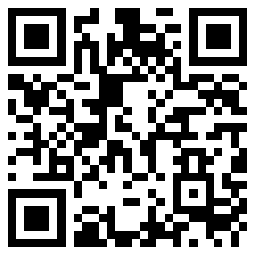Text 2
The process of perceiving other people is rarely translated (to ourselves or others) into cold, objective terms. “She was 5 feet 8 inches tall, had fair hair, and wore a colored skirt.” More often, we try to get inside the other person to pinpoint his or her attitudes, emotions, motivations, abilities, ideas and characters. Furthermore, we sometimes behave as if we can accomplish this difficult job very quickly-perhaps with a two-second glance.
We try to obtain information about others in many ways. Berger suggests several methods for reducing uncertainties about others: watching, without being noticed, a person interacting with others, particularly with others who are known to you so you can compare the observed person's behavior with the known others' behavior; observing a person in a situation where social behavior is relatively unrestrained or where a wide variety of behavioral responses are called for; deliberately structuring the physical or social environment so as to observe the person's responses to specific stimuli; asking people who have had or have frequent contact with the person about him or her; and using various strategies in face-to-face interaction to uncover information about another person-questions, self-disclosures (自我表露), and so on.
Getting to know someone is a never-ending task, largely because people are constantly changing and the methods we use to obtain information are often imprecise. You may have known someone for ten years and still know very little about him. If we accept the idea that we won't ever fully know another person, it enables us to deal more easily with those things that get in the way of accurate knowledge such as secrets and deceptions. It will also keep us from being too surprised or shocked by seemingly inconsistent behavior. Ironically those things that keep us from knowing another person too well (e.g., secrets and deceptions) may be just as important to the development of satisfying relationship as those things that enable us to obtain accurate knowledge about a person (e.g., disclosure and truthful statements).
27. What do we learn from the first paragraph?

















 预约成功!
预约成功!
















